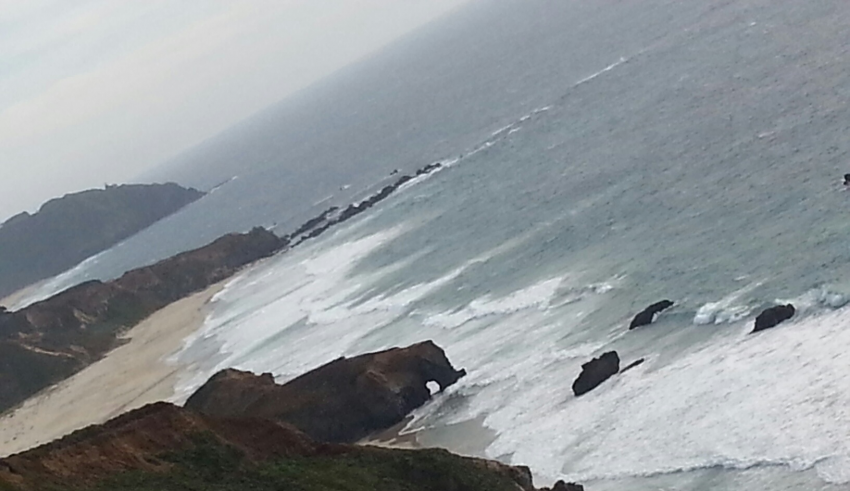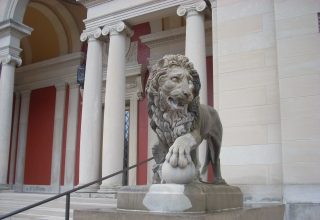
The common understanding among laypeople is that genes are responsible for evolution, for specific biological conditions, and for behaviors. Some individual genes do control physical conditions, such as the gene for eye color. However, it is the genome that directs evolution, not individual genes. The genome is the entirety of an organism’s hereditary information encoded in DNA. Genomes are more than the sum of the genes and inherited traits. Evolution occurs as the genetic pressure in the genome interacts with environmental influences. The process of evolutionary change is slow and occurs over long periods of time. It is probable that this explains the extinction of many species as they were faced with rapidly changing environmental factors, such as ice ages. Human beings, with their highly evolved brains, faced their own environmental challenges and adapted to them.
E. O. Wilson in his book “The Social Conquest of Earth” traces the rise of Homo sapiens from its infancy to its most creative achievements. He says that modern human beings are “eusocial,” a biological term meaning that group memberships contain multiple generations and perform altruistic acts as part of their division of labor. The most basic unit is the nuclear family with infants, siblings, parents, and grandparents living in close proximity and sharing the work of the family. Peter Singer in The Expanding Circle describes this cooperation as kin altruism, the genetically based tendency to help one’s relatives. Wilson describes human groups as consisting of highly flexible alliances, not just among family members but between families, genders, classes, and tribes. The bonding that occurs in these groups is based on cooperation among the individuals and groups.
Wilson proposes that our pre-human ancestors had to achieve eusociality in a different way from the instinct-driven species. This need led to an evolutionary result in which the human brain was changed by pressure from the environment. He writes,
To play the game the human way, it was necessary for the evolving populations to acquire an ever higher degree of intelligence. They had to feel empathy for others, to measure the motions of friend and enemy alike, to judge the intentions of all of them, to plan a strategy for personal social interactions. As a result, the human brain became simultaneously highly intelligent, and intensely social. It had to build mental scenarios of personal relationships rapidly, both short-term and long-term. It’s memories had to travel far into the past to summon old scenarios and far into the future to imagine the consequences of every relationship. Ruling on the alternative plans of action were the amygdala and other emotion-controlling centers of the brain and autonomic nervous system.
Merlin Donald develops a similar idea to explain the human mind. He writes,
This book proposes that the human mind is unlike any other on this planet, not because of its biology, which is not qualitatively unique, but because of its ability to generate and assimilate culture. The human mind is thus a “hybrid” product of biology and culture. It is important to realize that I am referring to the mind itself, not merely particular experiences. Human mind cannot come into existence on its own. It is wedded to a collective process, and the very sources of its experiences are filtered through culture. The generation of culture is thus a key question in human evolution.
The word “culture” as used by Wilson and Donald has a restricted meaning. In common usage, culture refers to a set of shared habits, languages, and customs common to a population of people. It is these things. However, on a deeper level, any given culture is a gigantic cognitive web. This web defines and constrains both individual and group memory, knowledge and thoughts. Our genetic and cultural evolution together set the rules for how we perceive the world, how we symbolically represent the world, and the responses that are easiest and most rewarding to us as we interact with the world.
Download Article














